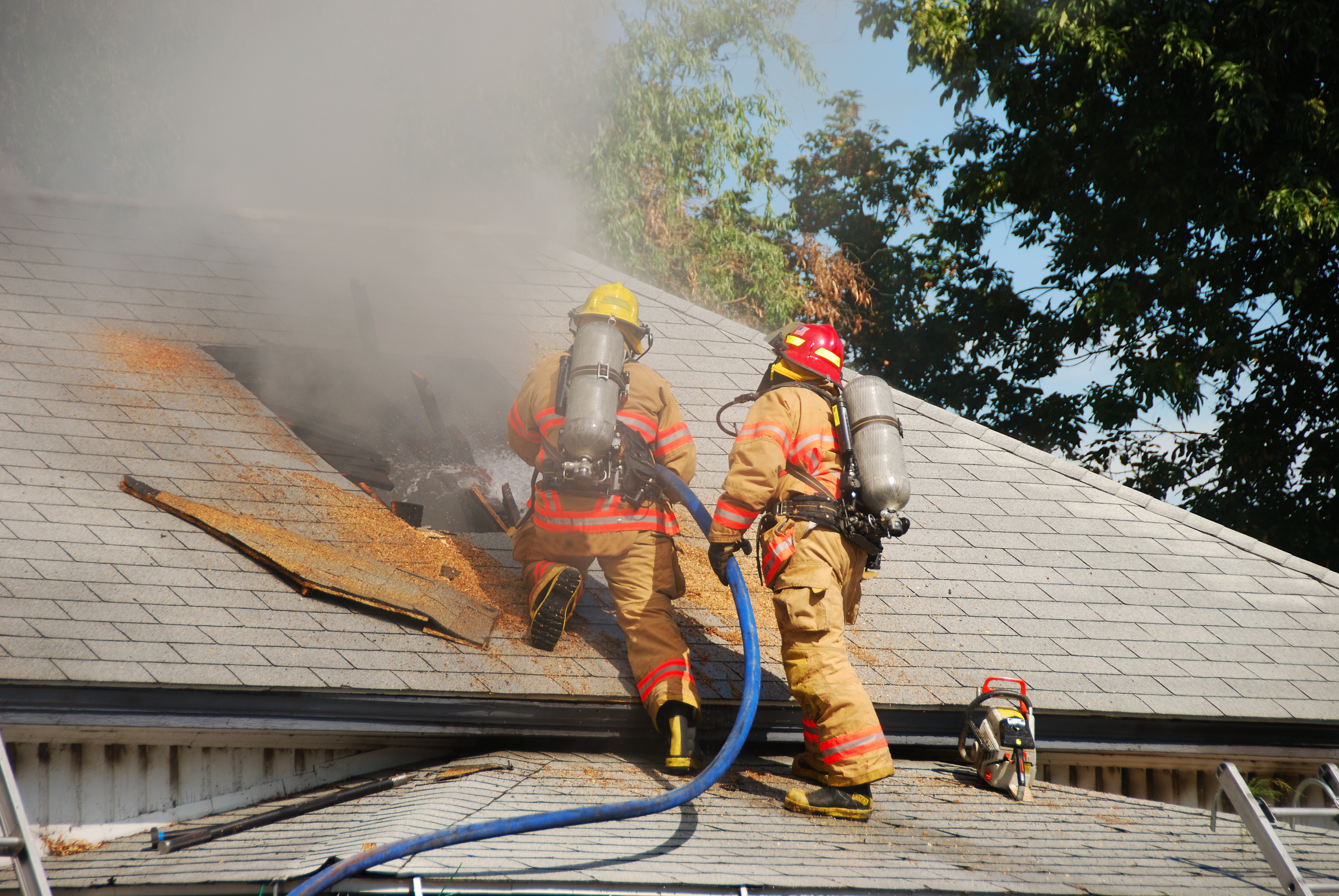Ventilation supplies fresh air to indoor places and removes stale air from these places. For people to feel comfortable, they need fresh air free from dust, soot, and odors. The air must not be too warm or too cool, and it must have the right amount of moisture.
Even if the air in a room is fresh to begin with, important changes take place when people come into the room. The air becomes warmer because the human body gives off heat. The amount of moisture in the air increases because of the water vapor given off as people breathe and perspire. Also, the air becomes stale because of perspiration and the oily matter given off from people’s skins, noses, throats, and clothing. Smoking especially makes the air stale.

People remove the gas oxygen from the air they inhale, and give off another gas, called carbon dioxide, to the air they exhale. Many people once thought that the carbon dioxide gas breathed out was harmful to anyone who breathed it in again. Although breathing increases the carbon dioxide and decreases the oxygen in a room, these changes are so slight that they have little or no effect on a person’s health.
The more people there are in a room, or the harder they work, the faster the air becomes stale. Stale air must be removed and replaced with fresh air. If the air outside is fresh, simply opening a window and perhaps turning on a fan will ventilate the room. However, if the outside air is not fresh or the room is on the inside of a building, special equipment is needed to clean the air, cool or heat it, and remove or add moisture. This equipment is called air conditioning (see Air conditioning).
